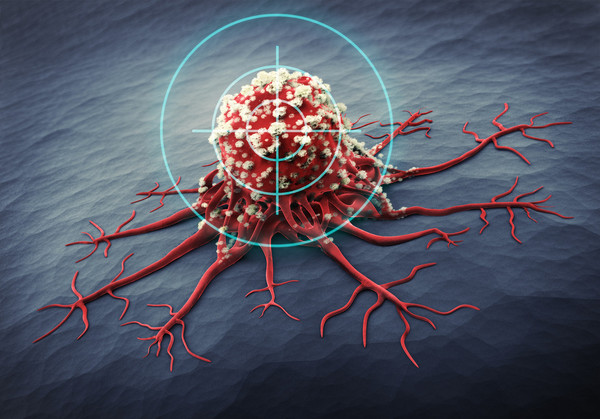Are there alternatives to using animals in drug discovery? Even though right now it still seems like a milestone which is almost impossible to avoid, there is a way to not only save the animal lives, but also enhance the drug discovery research by introducing more human-relevant physiological systems.
In this article we are going to focus our attention around the organ-on-a-chip systems, recent advancements in the sphere and discuss to which extent we can compare such organ chips to the human. In few words, organs-on-chips are constructed from engineered or natural tissues grown inside microfluidic chips, which creates the close-to-physiological cells interplay, mimicking the liquid flow, its pressure and concentration gradients of chemicals.
The standard organs-on-chips are built as cavities containing tissues, connected with channels, where it all together is integrated with electrical connectors, electrodes and microelectrodes. The assembled chip should have a liquid circulating and tissues functioning and “communicating” as it would be occuring in a living body. For example, the heart tissue would contract, liver tissue would produce a set of enzymes, and the “brain” would be protected with a blood-brain barrier.









